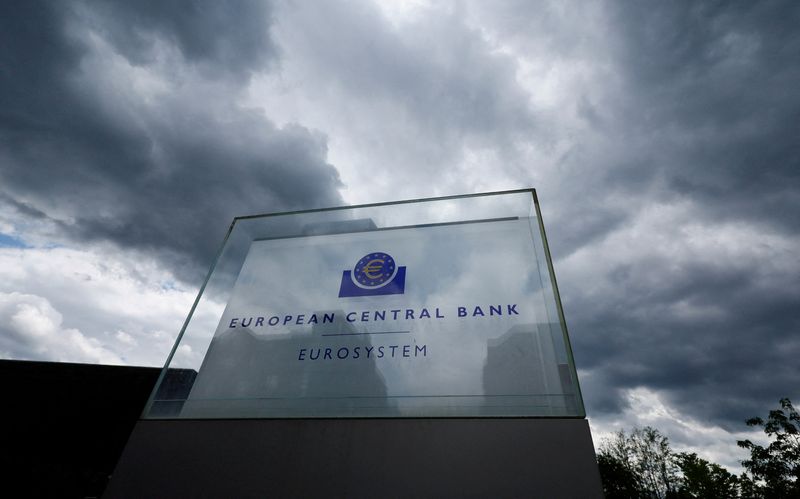By Huw Jones
LONDON (Reuters) -Banks in the European Union could be inflating the value of high-risk debt used to plug gaps in capital buffers intended to provide protection in the event of a crisis, the bloc's banking watchdog said on Thursday.
Banks began issuing Additional Tier 1 (AT1) bonds, also known as contingent convertibles or CoCos, to bolster their capital after the global financial crisis.
They convert into equity or are written off if a bank's capital drops below a certain level.
There have been clashes between buyers of the debt and banks, most recently when Credit Suisse AT1 debt amounting to about $17 billion was written down to zero when the ailing lender was forced to merge with UBS, triggering lawsuits.
The European Banking Authority (EBA) said it has investigated how banks issue AT1 bonds and set out its findings in a report on Thursday that included new templates to better standardise information and more accurately reflect their worth.
The aim of the guidance is to limit the room banks have to introduce bespoke tweaks when issuing AT1 bonds.
"Some provisions could be worded in a better way because, as originally proposed, they may be the cause of uncertainty in relation to regulatory provisions ... or they may increase the already high complexity of the instruments," the EBA said.
It noted differences between the "carrying" value of the bonds recorded on a bank's balance sheet under accounting rules and their "nominal" value.
"For the calculation and reporting of regulatory capital ratios, it is essential that capital instruments consistently reflect their actual loss absorbency capacity," it said.
The findings show the importance regulators are placing on examining the level of capital banks have at their disposal when they are in trouble, said Chris Woolard at accountancy firm EY.
"The industry can almost certainly expect further probes in the short-term, and investors and regulators will be looking for greater standardisation across the banking sector," he said.
Simon Ainsworth, associate managing director, Financial Institutions Group at Moody's (NYSE:MCO), said a standardised and conservative way of valuing AT1s "would improve transparency, reduce legal risk and increase investor certainty".
The European Central Bank declined to comment.

Regulators globally are looking at whether the events at Credit Suisse mean that changes are needed to the use of AT1 bonds in capital buffers.
The global Basel Committee of banking regulators has said that after banking sector turmoil last year, which included Credit Suisse, there could be merit in assessing the complexity, transparency and understanding of AT1 bonds.